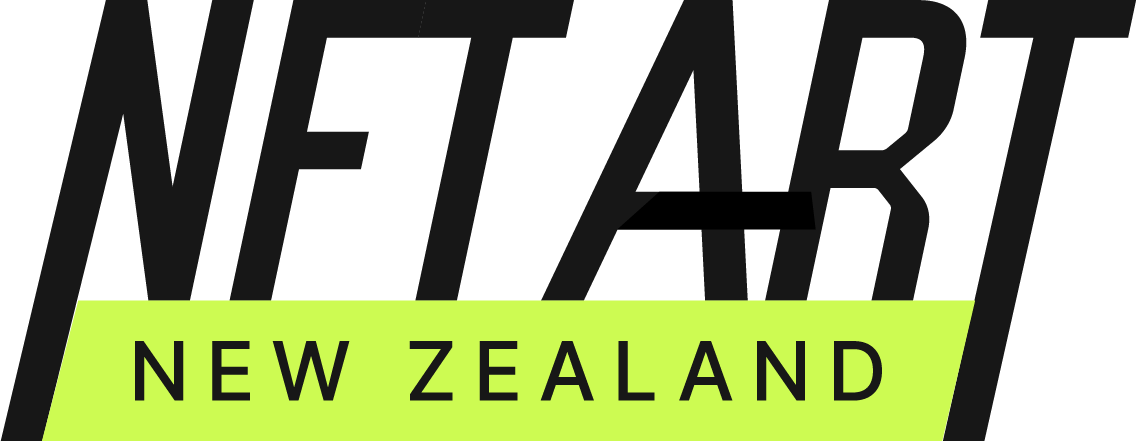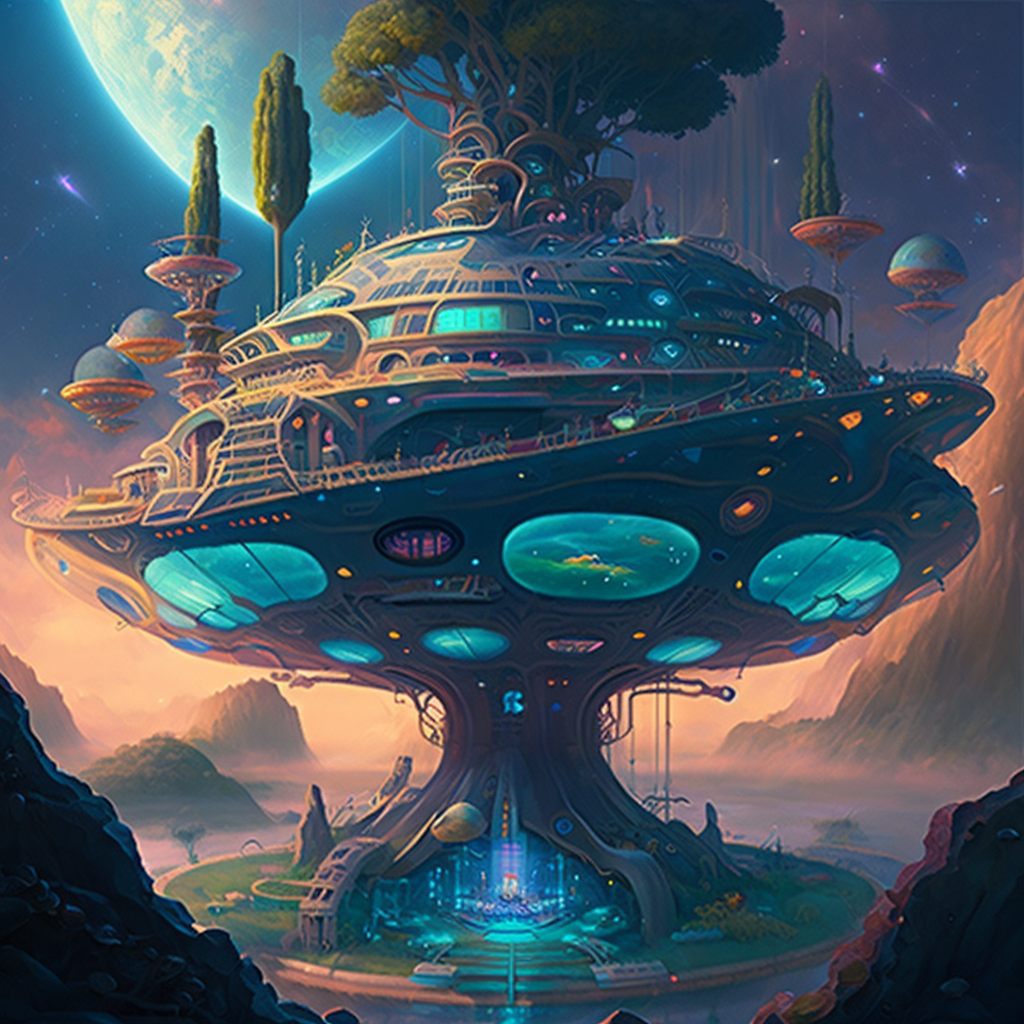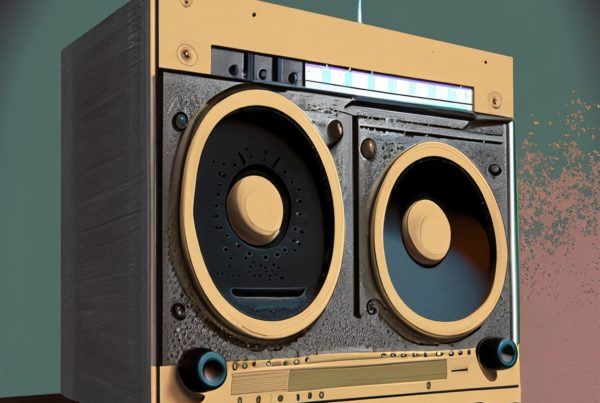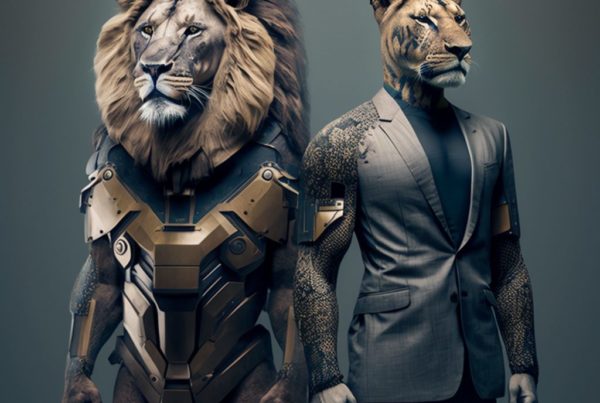In recent years, we’ve seen a new type of digital asset called NFT art, which has been making waves in the art world. NFT art is unique because it uses blockchain technology, a decentralised digital ledger that records transactions in a transparent and immutable way. In this article, we’ll take a closer look at the technology behind NFT artworks and how it works.
What is Blockchain Technology?
Blockchain technology is a distributed ledger that is managed by a network of computers. It is a secure and transparent way of recording transactions, and it allows for the creation of digital assets that are unique and verifiable. The blockchain works by recording transactions in blocks, which are then linked together in a chain. Each block contains a record of multiple transactions, and once a block is added to the chain, it cannot be altered.
How Does Blockchain Technology Work with NFT Art?
NFT art is created by minting a unique token on a blockchain. The token represents ownership of a digital asset, such as a piece of artwork, music, or video. Each NFT is assigned a unique identifier, which is stored on the blockchain and can be used to verify its authenticity and ownership. When an NFT artwork is sold, the transaction is recorded on the blockchain, creating a transparent and immutable record of ownership.
Why Is Blockchain Technology Important for NFT Art?
Blockchain technology is important for NFT art because it provides a secure and transparent way of verifying ownership and authenticity. In the past, it has been difficult to prove ownership of digital assets, which has made it challenging for artists to sell their work and collectors to verify the authenticity of their purchases. With blockchain technology, NFT art is unique and verifiable, eliminating the need for third-party authentication and verification.
Conclusion
NFT art is a new type of digital asset that uses blockchain technology to provide a secure and transparent way of verifying ownership and authenticity. With blockchain technology, NFT art is unique, verifiable, and can be bought and sold in a decentralised and transparent manner. As NFT art continues to gain popularity, we can expect to see more artists and collectors embrace this technology and explore new possibilities for digital art.




